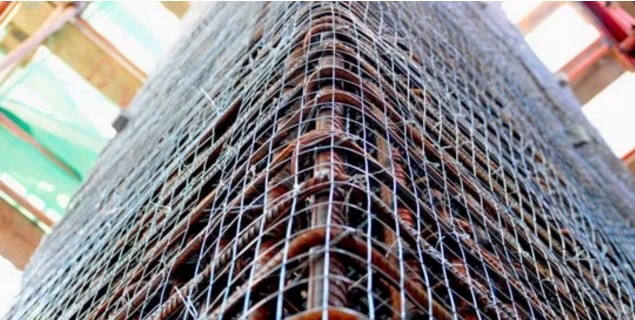The Solid Rebar Detector can be used to detect the spacing of the steel bars in the concrete structure and components and the thickness of the concrete cover.
Solid Rebar Detector principle
The method of detecting the spacing of Solid Rebar, the thickness of concrete protective layer and the nominal diameter of concrete structures and members by electromagnetic induction principle.
Solid Rebar Detector method
1. Determine the position of the reinforcement
Combine the design data to understand the layout of the Solid Rebar. When testing, avoid the steel joints and the wire binding. The spacing of the Solid Rebar should meet the testing requirements of the Solid Rebar detector.
The probe moves on the detection surface, knowing that the thickness of the protective layer of the steel detector is the smallest. At this time, the center line of the probe coincides with the axis of the Solid Rebar, and the mark is marked at the corresponding position. According to the above method, the adjacent other reinforcing bar positions are marked one by one.
2. Protective layer thickness detection
Set the range of the Solid Rebar detector and the nominal diameter of the steel bar. Select the position where the adjacent Solid Rebar have the least influence along the axis of the measured Solid Rebar, and try to avoid the steel joints and the wire binding. Read the thickness of the concrete cover layer detected for the first time. The measured Solid Rebar is repeatedly tested at the same position once, and the protective layer thickness detection value of the second detection is read.
When the difference between the two detected values in the same place is greater than 1 mm, the group is invalid, and the cause is re-detected. If the requirements are still not met, replace the Solid Rebar or use the methods of drilling and boring to verify.
3. When the thickness of the actual concrete protective layer is less than the minimum value of the Solid Rebar detector, the method of attaching the spacer under the probe is used for testing. The spacer should be selected so as not to interfere with the Solid Rebar detector, smooth and flat, and the thickness deviation is not more than 0.1mm.
4. Rebar spacing measurement
According to the method of “1. Determine the position of the Solid Rebar”, consecutive adjacent Solid Rebar with the same design pitch in the detection range are marked one by one, and the spacing of the Solid Rebar is measured one by one.
5. When one of the following conditions is encountered, no less than 30% of the measured Solid Rebar should be selected, and should not be less than 6 (all should be selected when the actual measurement quantity is less than 6), using drilling, chiseling, etc. verification:
It is considered that adjacent Solid Rebar have an effect on the test results;
The nominal diameter of the steel bar is unknown or has objections;
The actual number, position and design of the Solid Rebar are greatly deviated;
Rebar and concrete materials are significantly different from calibration specimens.



